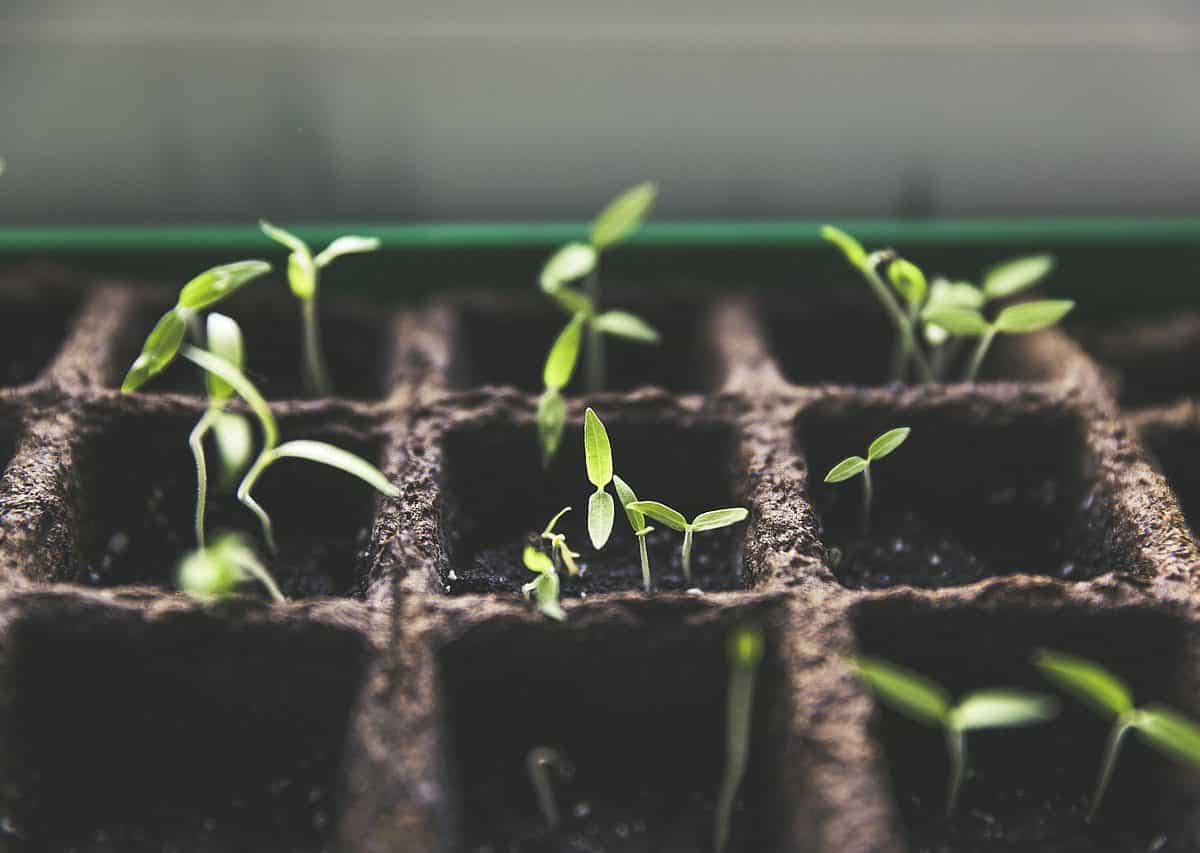As the cost of living soars, now more than ever, home gardens remain one of the best remedies to beat inflation. In fact, recent studies and local reports confirm that a well-planned garden can help a family slash its yearly food budget by half or more, while using less energy than an unproductive front lawn. Plus, homegrown vegetables not only taste far better but are also richer in nutrients compared to their commercial counterparts.
In your own garden, you can enjoy the simple pleasure of picking fresh vegetables in the peace and quiet of your backyard—no more fighting the noise and crowds at the market. With the latest eco‐friendly gardening practices, such as drip irrigation, rainwater harvesting, and home composting, starting and maintaining a garden is more affordable and sustainable than ever.
The initial setup costs for a garden remain low if you keep simplicity in mind. Instead of splurging on an expensive rototiller (often used only once or twice a year), many gardeners now opt for basic hand tools that are both budget-friendly and energy-efficient. All you really need is a good spade, spade fork, hoe, rake, machete, and wheelbarrow—many of which are available second-hand or even handmade locally.
Select the Proper Location
Choose an area on your property that receives full sunlight at least until noon. An area of 5 meters by 10 meters is ample for a family—starting small is a smart approach, and you can always expand later. Ideally, the garden space should have optimal sunshine and be well-drained to avoid root diseases. Modern gardeners also consider installing raised beds and drip irrigation systems to conserve water, especially on steep terrain where terracing with concrete blocks, stone, or brick can prevent erosion and add beauty to your space.
For home garden beds, a size of 1 meter by 4 meters still works well, and designing walkways of about 40–50 centimeters (rather than meters) ensures comfortable access while integrating efficient drainage and mulching techniques. If you don’t already have compost to fertilize the garden, many now choose to create homemade compost using kitchen scraps and yard waste, though commercial compost remains readily available at nurseries and agricultural supply stores.
In many cases, investing in a fence is worthwhile—not only to protect your garden from neighborhood animals but also to serve as a trellis for climbing plants like cucumbers, pole beans, and peas. Today, gardeners often use eco-friendly netting or even solar-powered motion sensors to safeguard their produce without breaking the bank.
Seeds and Starting Out
Purchase seeds in small quantities and store them in airtight plastic containers in the refrigerator until you’re ready to use them. Just be sure to let the container reach room temperature before opening to prevent moisture condensation on the seeds. Many local organic seed companies now offer a variety of heirloom and microgreen options, and you can also find inexpensive flats at nurseries for starting certain kinds of seeds.
Fruit trees and ornamentals can further enhance the beauty and productivity of your garden. Incorporate them into your landscaping plan by planting trees on the northern and western edges of your property. This placement allows them to eventually provide welcome afternoon shade for your house while keeping the vegetable garden free from excessive shading. Urban agriculture initiatives have also shown that even in smaller spaces, integrating fruit trees and ornamentals can contribute to an ecological, health-promoting garden environment.
Final Thoughts
Costa Rica has long been called the “garden of the Americas,” and for good reason. With nearly eternal spring weather and rich, fertile soil, our country offers year-round gardening adventures. Recent community initiatives and advances in sustainable gardening techniques have only reinforced the value of home gardens as both an economic and health-promoting resource. Whether you’re an experienced gardener or just starting out, these tips and methods can help you maximize yield, cut costs, and enjoy the better taste and nutritional benefits of your own fresh produce.
Happy gardening!

